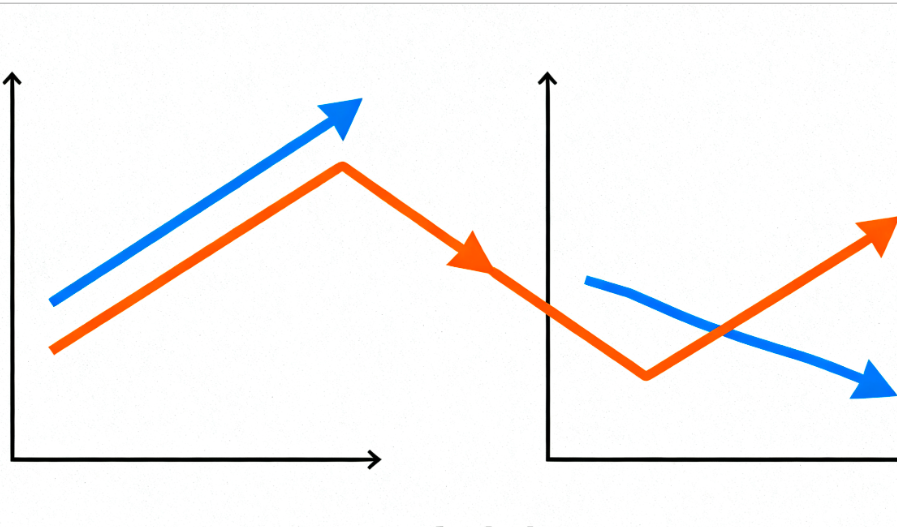
On the evening of October 24th, Beijing time, the first major economic data since the US government shutdown was released. A report from the US Bureau of Labor Statistics showed that the US CPI (Consumer Price Index) increased by 3.0% year-over-year in September, higher than the 2.9% in August but lower than market expectations.
Following the Fed's first rate cut of the year in September, market discussions about the path of rate cuts for the remainder of the year have been ongoing. In the early hours of October 30th, the Fed will announce its October interest rate decision. The author believes that the core conditions supporting consecutive Fed rate cuts are now largely in place, with many obstacles significantly cleared, making a rate cut by the Fed in October highly probable.
First, the absence of a significant rebound in US inflation has paved the way for consecutive rate cuts.
The pressure of an inflation rebound has been a key reason for the Fed's high caution regarding rate cuts. After the Fed's monetary policy formally shifted towards easing in September 2024, the Fed implemented three consecutive rate cuts but has remained on hold since entering 2025. This year, Fed officials have repeatedly signaled that US inflation risks are more concerning than the labor market, highlighting their high vigilance against an inflation rebound.
The September US CPI data provided reassurance to the market. The data showed that the US headline CPI increased by 3.0% year-over-year and 0.3% month-over-month in September. The core CPI, which excludes volatile food and energy prices, increased by 3.0% year-over-year and 0.2% month-over-month, all below market expectations. The CPI data further confirms that US inflation has not experienced an abnormal rebound, providing a window for the Fed to implement rate cuts.
Second, the continued weakening trend in the US labor market reinforces the necessity for consecutive rate cuts.
Due to the impact of the US government shutdown, the September non-farm payroll data was not released as scheduled. However, judging from other relevant indicators, the current US labor market continues to lose momentum, requiring further Fed rate cuts to provide support.
For example, in early October, the ADP (Automatic Data Processing) report, often referred to as the "small non-farm payroll," showed that the US private sector lost 32,000 jobs in September, the largest decline since March 2023, far below the market expectation of an increase of about 50,000 jobs. Furthermore, the Fed's "Beige Book" (Survey on National Economic Conditions) released on October 15th indicated generally sluggish labor demand across US regions and industries. Most Federal Reserve Districts reported that due to weak demand, increased economic uncertainty, and rising investment in AI technology, more employers are reducing their workforce through layoffs and attrition.
Finally, Fed officials releasing "dovish" remarks in advance may signal an impending rate cut operation.
On October 14th, Fed Chair Powell stated in a speech at a meeting in Philadelphia, USA, that there are signs of further cooling in the US labor market. Market analysis widely believes that Powell's above remarks indicate he may support further Fed rate cuts. Additionally, Fed Governor Bowman, Fed Governor Milan, and others have also made relatively "dovish" statements supporting the Fed's continuation of rate cuts.
According to FedWatch data on October 26th, the market is betting with a 98.3% probability that the Fed will cut rates by 25 basis points in October, while the probability of maintaining unchanged rates is only 1.7%. It can be seen that against the backdrop of no significant inflation rebound, a still weakening labor market, and a majority of Fed officials turning "dovish," the market expects a high probability of the Fed implementing its second rate cut of the year in October.
















